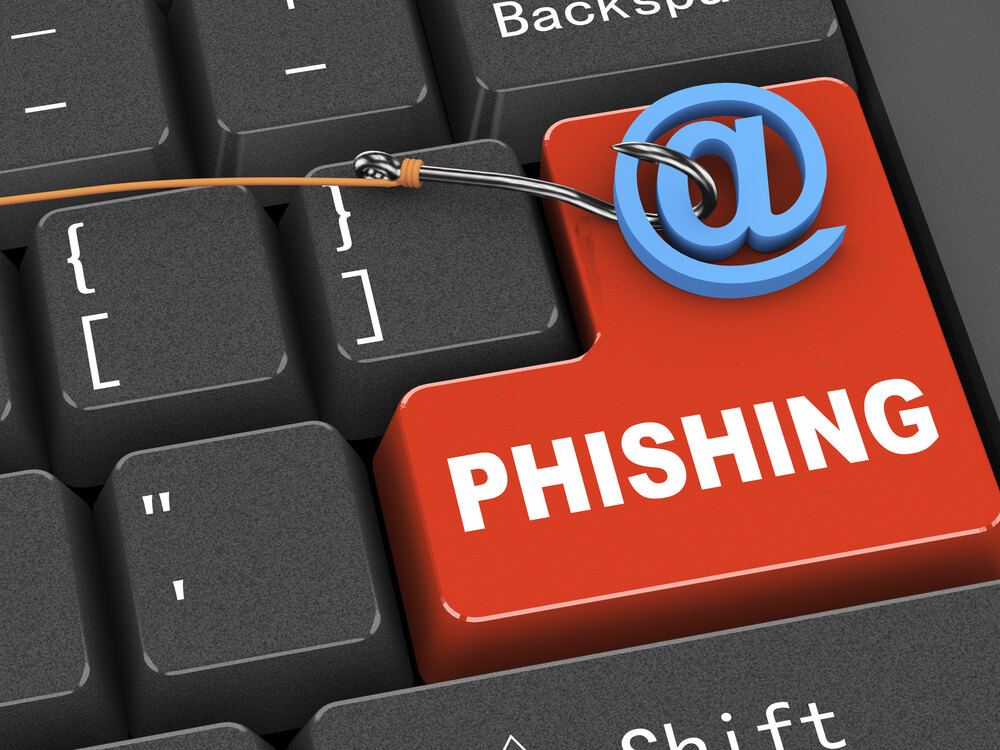Email Verification Reduces Phishing

In the mid-90’s, when Tim Berners-Lee created the foundational elements of what would later become the World Wide Web, business and society entered the digital age. One of the many innovations that accompanied this technological transformation was email, which rapidly grew into the primary business communication medium.
Since then, the infiltration of social media and instant messaging apps have been chipping away at the dominance of email, but it still remains a critical component of modern IT architectures. However, due to its ubiquity, email is a common threat vector utilized by cybercriminals for nefarious purposes.
Whois XML API provides infosec professionals with tools to reduce the risk of hackers using email to infect devices and steal user credentials.
Email as an Attack Vector
When it comes to launching a cyber attack, the email offers hackers flexibility and versatility. Attackers can embed malicious links and attachments in an email and directly target a potential victim, effectively bypassing any perimeter defense mechanisms. This known vulnerability has spawned an entire industry that specializes in defending against email-born attacks.
There are numerous email-based security products which protect users from spam, phishing, and malware. Email verification software, or APIs which provide email validation, are proven email delivery solutions; however, how do they protect users from spam and phishing?
How Email Verification Works
Although many see email verification solutions as a marketing tool, these services can protect users from email-borne attacks. By using these services to compile their sending lists, organizations ensure that their address lists only contain valid email addresses.
Furthermore, a verification service also tests transmission validation guaranteeing the email can both send and receive messages. Finally, the confirmation workflow that asks a user to verify their address by clicking on a link ensures the email address belongs to a real person and not an automated bot.
How Companies Use the APIs
Organizations can utilize these services to protect users in a few different ways. Firstly, for senders of emails, these platforms allow organizations to segment users into different categories. Since some email domains have poor reputation, sending emails that contain these domains can harm an organization’s sender score.
However, the primary benefit of utilizing these services is that users can rest assured the emails they receive are valid. Spammers and phishers rarely use confirmed email addresses as these can be traced back to them. As such, email verification services provide integrity and validation that assures users that the link or attachment they receive is not malicious.
The WhoisXML API Advantage
WhoisXML API offers a wealth of software tools to defend networks and devices against cyber attacks. Offerings include APIs that also assist cybersecurity specialists to be on the lookout for malicious websites and to track the online footprints of criminals. Email verification is an important part of WhoisXML API’s portfolio of security tools.
Bulk Email Verification provides 1000 free email ID checks. The service is useful to verify whether the users who sign up for website newsletters, updates, or services actually have valid email addresses. Some features in the Bulk Email Verification tool include checking whether an email address is disposable (created via a service like Mailinator), which helps email administrators check for abuse. Another function checks if the domain in the email address (e.g.: gmail.com) is a valid domain. And then another feature verifies whether or not an email address is from a free email provider like Gmail.
The Email Verification API checks for invalid email formats, email addresses that contain gibberish, whether an email address domain actually exists, and authenticates mail servers, among other functionality.
As attack surfaces expand in our wired world, WhoisXML API tools help infosec professionals around the world meet the most pressing cybersecurity challenges posed to organizations and individuals.





































